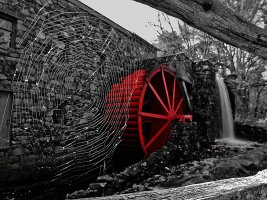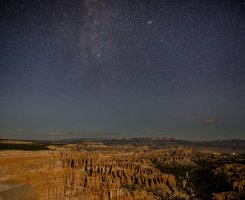rrcphoto said:coma and wide open sharpness is the main thing - but with so many cheap and great primes for this .. see samyang .. why the hell does every lens have to service this niche anyways?
A couple theories:
1) I believe the astro niche is growing. I have no data to back this up (please forward me some if you do), but I believe interest is growing with enthusiast astrophotography based on the frequency of posts I see on sites like CR. I do not know if it is because...
- Sensors are getting so much better that more folks can give this a go for less money
- People always wanted to try but we needed the world to conveniently organize and publish tools, guides, apps, web pages, etc. to walk us through the process
- The influence of social media (which tends to fawn over astro work) is so strong
- With the rise of cell phone photography, there is a desire for photographers to show-up the cell phone masses with 'this is what a real camera can do'
...but your guess is as good as mine. But it appears that more and more people are trying astro out.
2) Some enthusiasts who dabble at everything don't like owning specialized / niche gear. For the same reason a 'most of the time landscaper' buys a 16-35 f/2.8L III when the lens is overwhelmingly used at f/8, some folks don't like a tool that only does one thing. So there is a quest for an autofocusing / fast / wide lens that shoots astro well but can serve other needs.
- A
Upvote
0


